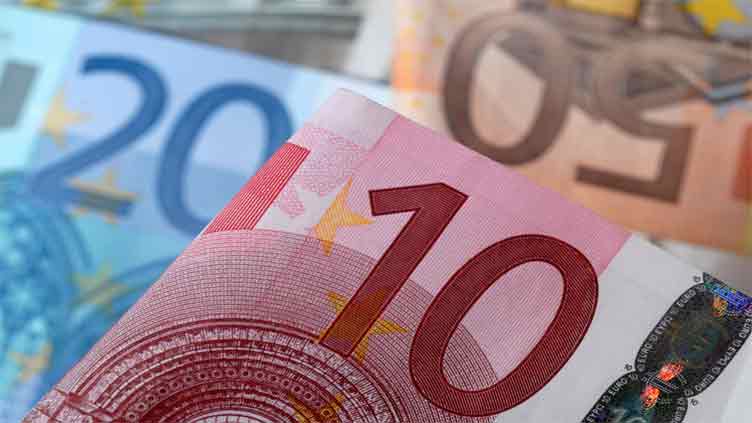Eurozone bond rout continues as Treasury yields surge to 2007 levels

Business
Indebted consumers rein in spending in the face of rising borrowing costs and higher prices
LONDON (Reuters) – Eurozone bond yields rose to their highest in over a decade on Wednesday as US Treasuries led a selloff in debt markets after stronger than expected U.S. job openings data raised prospects of higher interest rates.
The 30-year Treasury yield rose above 5 per cent for the first time since the early days of the global financial crisis in 2007.
Bond yields move inversely to prices.
In Europe, the German 10-year yield, the euro area's benchmark, surged to a fresh 12-year high, and was last up 2.5 basis points (bps) at 2.98pc.
Italy's 10-year government bond yield, the benchmark for the euro area's periphery, rose to a 11-year high, last up 3.5 bps at 4.956pc.
Analysts said prices were moving in reaction to data showing the US economy continuing to defy recession worries, with stronger than expected job openings data pointing to a still-tight labour market. That could compel the Federal Reserve to raise interest rates next month.
The sharp rise in long-term rates suggests traders expect interest rates will remain higher for longer due to the continued resilience of the world's largest economy.
Read more: Govt bonds are borrowing instruments. High interest rates means more deficit
Germany's 30-year yield climbed to its highest since August 2011, Italy's 30-year yield rose to a 10-year high.
"I believe they (euro zone bond yields) are pushed higher by a spike in real yields on both sides of the Atlantic. Ten-year Bund real yields more than doubled in just 10 days going from 0.3pc to 0.65pc today," said Althea Spinozzi, senior fixed income strategist at Saxo Bank.
"That’s bad news for risky assets, and for the periphery. Higher real yields will put pressure on the BTP-Bund spread putting at odds the ECB (European Central Bank) monetary policy".
The spread between Italian and German 10-year yields was last at 196 bps after hitting 200 bps on Friday for the first time in six months.
The spread, seen as the risk premium on Italy's sovereign debt, serves as a gauge of appetite among investors to hold Italian debt. A higher number reflects the size of the premium a bondholder will demand to own Italian bonds rather than German paper.
Policymakers ruling out interest rate cuts in the face of above-target inflation has also put upward pressure on euro zone yields this week, and investors will be closely watching ECB speakers due during the day.
Spinozzi expects the selloff to continue with Germany's 10-year yield rising as high as 3.5pc.
A survey showed that the euro zone economy probably shrank last quarter, with demand falling in September at the fastest pace in almost three years as indebted consumers reined in spending in the face of rising borrowing costs and higher prices.

